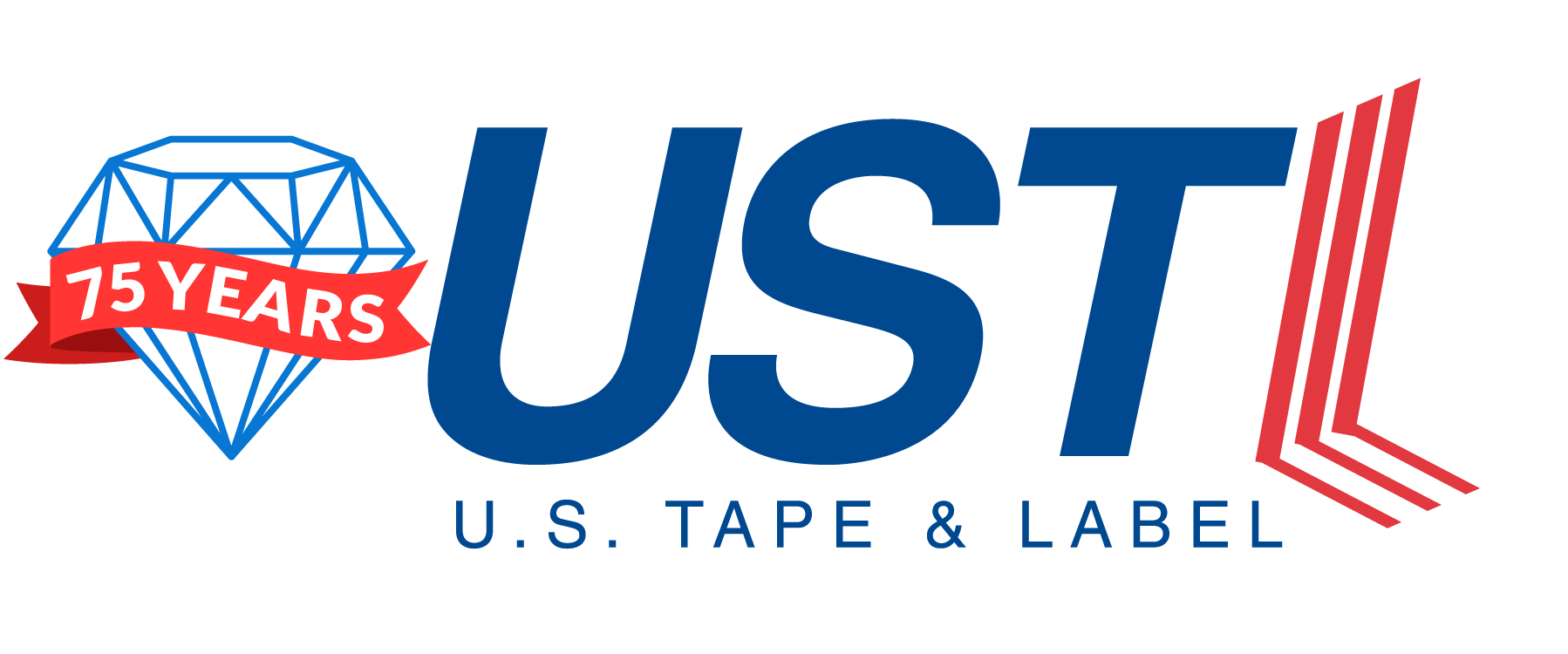 https://ustl.com/wp-content/uploads/2025/11/Pressure-Sensitive-Labels.jpg
1250
2000
AbstraktMarketing
https://ustl.com/wp-content/uploads/2025/06/USTL-Logo-2025-Anniversary-LargerBanner.png
AbstraktMarketing2025-11-10 22:27:452025-12-25 14:32:35Comparing Shrink Sleeve and Pressure-Sensitive Labels: Which Is Better for Your Food Label?
https://ustl.com/wp-content/uploads/2025/11/Pressure-Sensitive-Labels.jpg
1250
2000
AbstraktMarketing
https://ustl.com/wp-content/uploads/2025/06/USTL-Logo-2025-Anniversary-LargerBanner.png
AbstraktMarketing2025-11-10 22:27:452025-12-25 14:32:35Comparing Shrink Sleeve and Pressure-Sensitive Labels: Which Is Better for Your Food Label?Flexographic vs Digital Printing: A Comprehensive Comparison
Introduction to Flexographic and Digital Printing
In this comprehensive comparison between the popular flexographic and digital printing methods, we will explore their advantages, disadvantages, and ideal use cases. We will also discuss their key differences, to better provide guidance on choosing the right one for you.
Advantages and Disadvantages of Flexographic Printing
Flexographic Printing Benefits
Flexographic printing uses flexible relief plates and inked rollers, for large volume production at high speed. It can print on a wide range of materials, such as paper, cardboard, plastics, and even metal, as well as on uneven surfaces. Flexographic printing is known for its excellent color reproduction, control, and registration, with consistent precision and long lasting vibrancy. Other advantages include:
- The process uses water-based inks for less hazardous materials and generates less waste.
- Low maintenance requirements and extended plate lifespans make it more cost-effective.
- Inline finishing options like laminating and die cutting enhance efficiency.
Drawbacks of Flexographic Printing
Flexographic printing requires the creation of printing plates, which can be time-consuming and costly. The setup process can also be complex, making the method less suitable for small print runs. Additionally, the quality may not be as precise as digital printing.
Ideal Use Cases for Flexographic Printing
Flexographic printing excels in handling extensive print volumes, making it the preferred choice for large-scale production needs. This method finds optimal application in industries that demand high-volume output and rely heavily on packaging, such as the food and beverage sector. It also works well with pharmaceuticals, ensuring clear and informative packaging for medical products.
Flexographic printing also shines in the labels and tags industry, where it’s integral for branding, information dissemination, and compliance labeling. Its ability to efficiently handle substantial quantities while maintaining quality and consistency makes it indispensable in sectors with rigorous printing demands. Its ability to print on uneven surfaces is also perfect for corrugated containers.
Advantages and Disadvantages of Digital Printing
Digital Printing Benefits
Because digital printing relies on digital files and inkjet or laser technology for quick and easy setup, there is no need for printing plates. This significantly reduces pre-press time and costs. Digital printing also provides excellent color accuracy for high-resolution printing. It is ideal for short print runs with extensive customization. Other benefits include:
- Cost-effective for small quantities, eliminating excess inventory expenses.
- Quick turnaround and shorter production cycles, beneficial for time-sensitive projects.
- Requires less energy consumption and chemical usage to operate.
Drawbacks of Digital Printing
Digital printing may not be as economical for large volume production, as the cost per unit can be higher compared to flexographic printing. The speed is also lower. Additionally, digital printing is limited in terms of the range of materials it can print on.
Ideal Use Cases for Digital Printing
Businesses frequently employ digital printing to craft targeted marketing materials, ranging from vibrant flyers to eye-catching business cards. This technology shines in swiftly producing customized brochures, which adapt seamlessly to evolving campaigns. Its adaptability lends itself to creating personalized products, empowering individuals and companies to deliver unique, memorable items. These traits also make digital printing perfect for prototyping, as new models can be quickly created, tested, and adjusted for the next trial.
More significantly, digital printing integrates seamlessly into digital workflows and online ordering systems. Not only can customers personalize products they buy, printing can take place on demand for just-in-time production and inventory management. This ensures that customers get precisely the products they want, whenever they need them, without having to worry about maintaining stock.
At U.S. Tape & Label, we offer a wide range of special label materials and styles to suit every need. We can create custom printed piggyback labels, scratch-off labels, thermal transfer labels, corrugated labels, and more.
Choosing Between Flexographic and Digital Printing
Considering Your Specific Needs
Consider factors such as the required print run length, the complexity of the design, and the desired level of customization. Flexographic printing is more suitable for large volume production and packaging materials, while digital printing is ideal for short print runs and personalized products.
Quality and Speed of Printing
Flexographic printing provides excellent color reproduction and durability, though the quality may be slightly less precise. Digital printing offers high-resolution printing and accurate color reproduction, but its process is slower for large volume production.
Costs and Economic Viability
The cost per unit is typically lower in flexographic printing, especially for large volume production. However, digital printing may be more cost-effective for short print runs due to its quick setup and lower pre-press costs.
Evaluating Your Budget
Evaluate your budget and determine whether the cost per unit and setup of either method align with your financial constraints. Consider the quantity, complexity, and desired quality to make an informed decision.
It’s always helpful to consult with an expert in label printing who can provide personalized advice based on your specific requirements. They can guide you in choosing the best printing method for your needs.
US Tape & Label Is Here for All of Your Printing Needs
US Tape & Label is here for all of your business’s flexographic and digital printing needs. Whether you need custom labels, stickers, or packaging, we have the expertise and equipment to deliver high-quality solutions. Whatever your requirements, our team of experienced professionals can help you create eye-catching and professional-looking labels and packaging that will set your products apart from the competition. Contact us today to discuss your printing needs and let us help you take your business to the next level.
Share This Post
More Like This
 https://ustl.com/wp-content/uploads/2025/11/Pressure-Sensitive-Labels.jpg
1250
2000
AbstraktMarketing
https://ustl.com/wp-content/uploads/2025/06/USTL-Logo-2025-Anniversary-LargerBanner.png
AbstraktMarketing2025-11-10 22:27:452025-12-25 14:32:35Comparing Shrink Sleeve and Pressure-Sensitive Labels: Which Is Better for Your Food Label?
https://ustl.com/wp-content/uploads/2025/11/Pressure-Sensitive-Labels.jpg
1250
2000
AbstraktMarketing
https://ustl.com/wp-content/uploads/2025/06/USTL-Logo-2025-Anniversary-LargerBanner.png
AbstraktMarketing2025-11-10 22:27:452025-12-25 14:32:35Comparing Shrink Sleeve and Pressure-Sensitive Labels: Which Is Better for Your Food Label?
How To Select and Purchase the Ideal Labeling Equipment for Your Business

The Competitive Edge Full-Service Label Solutions Provide Regulated Industries

How Custom Die-Cut Labels Benefit Your Products and Packaging

The Psychology of Marketing Colors: How Product Labels Influence Buying Behavior

The Impact of Product Labeling on Consumer Purchasing Decisions

The Importance of Quality Automotive Labels and Proper Application

Harsh Environment Labels: Everything You Need to Know

How to Create Custom Food Labels That Stand Out on Shelves
Get In Touch
Phone
(314) 824-4444
Why U.S. Tape & Label?
Centrally-located and equipped with the cutting-edge equipment you need to get the best labels and look for your products. Our skilled team of in-house engineers will help you make the perfect label for any product you have.



